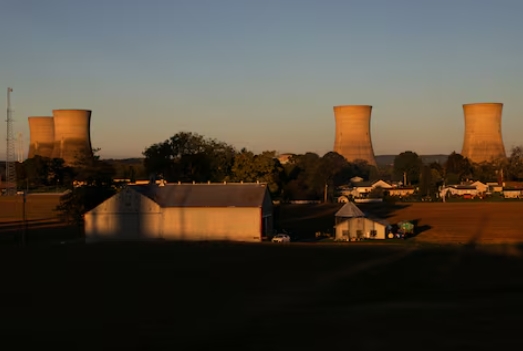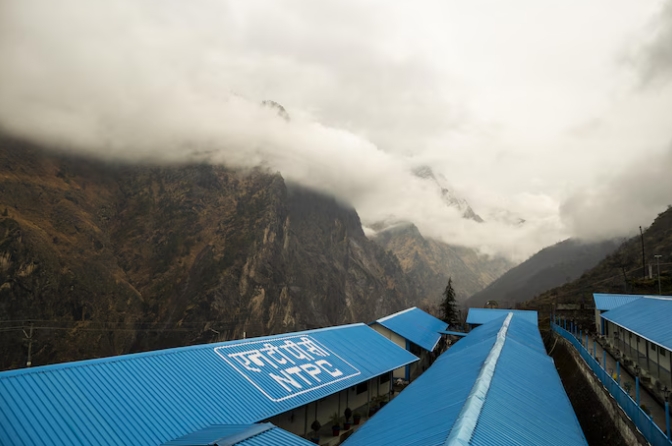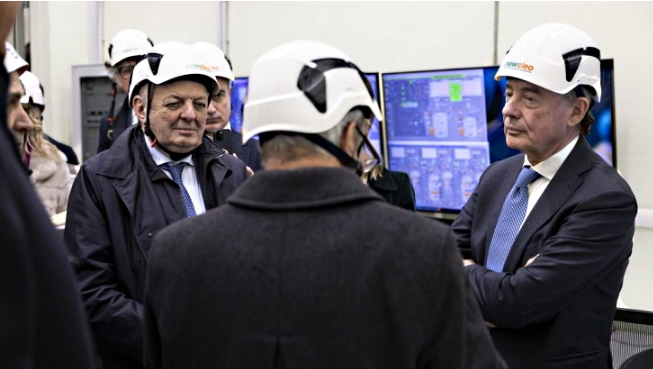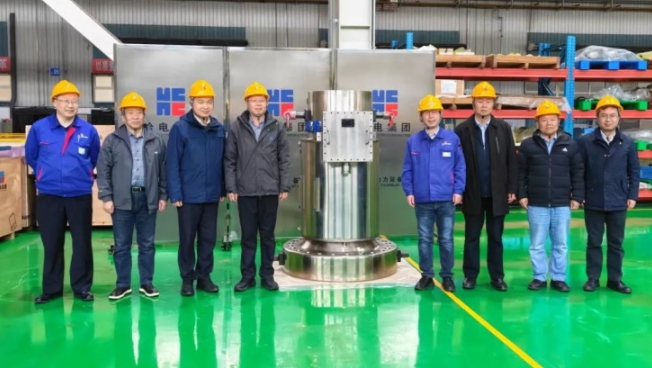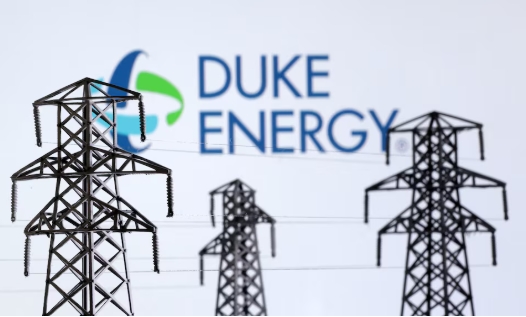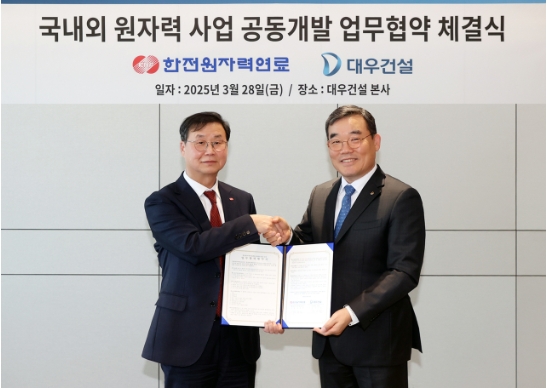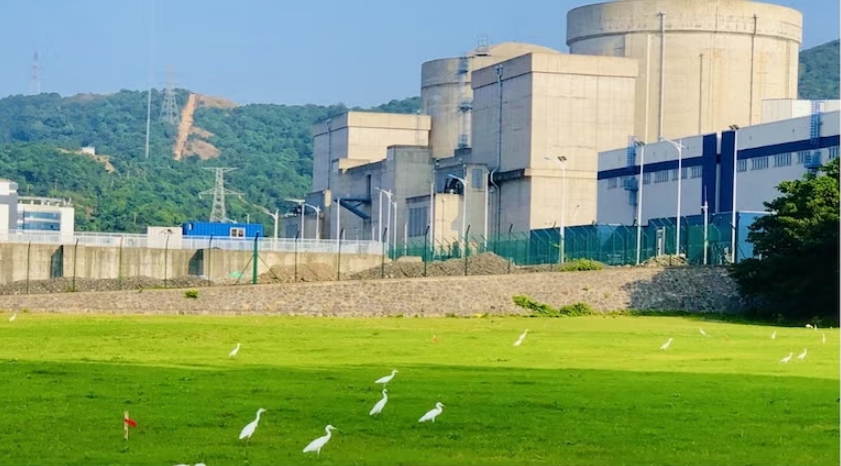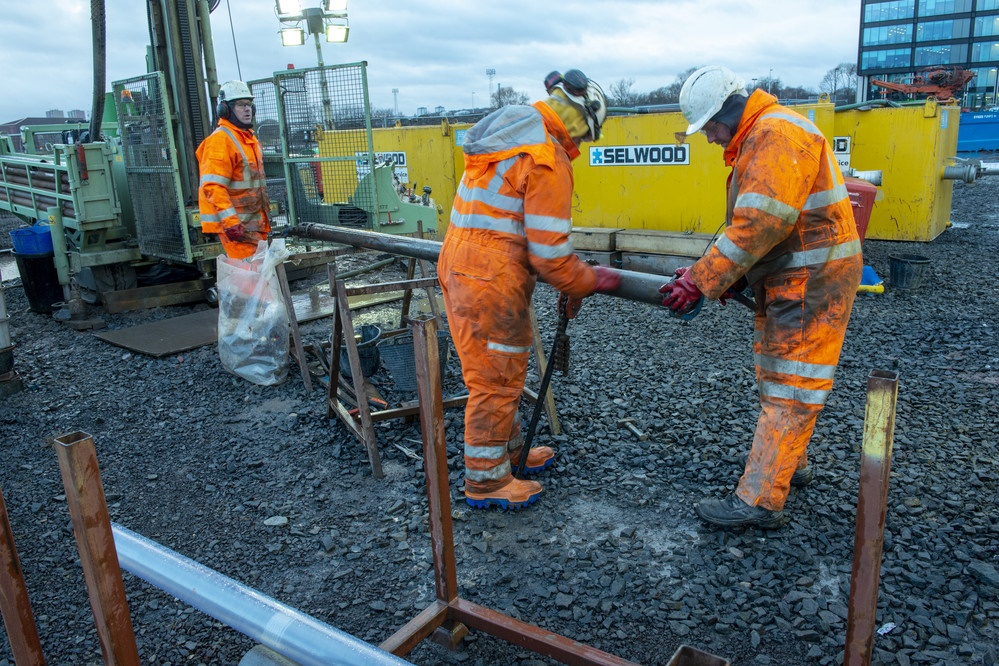
We had reported extensively on the Glasgow Observatory in the past, including stories on the initial survey of the abandoned mines in the city and the establishment of baseline values from soil, gas, surface water, and groundwater samples.
The UK Geoenergy Observatory in Glasgow is a research facility designed for investigating shallow, low-temperature, mine-water heat energy and potential heat storage resources. It consists of:
Five mine-water characterisation and monitoring boreholes
Five environmental baseline characterisation and monitoring boreholes
One seismic monitoring borehole
It is hoped that the Glasgow Observatory will provide a facility for studies that will aid in the de-risking of mine-water geothermal and advise policymakers on the adoption of this energy resource.
The final stage of construction saw the installation of a mine-water geothermal system converting four of the mine-water boreholes into reversible abstraction/injection wells. A heat unit was installed on Site 1, which contains three different heat exchangers and a control unit to monitor the various downhole and surface sensors. BGS will now focus on the commissioning phase as the system begins operation in earnest.
Various tests of the equipment are underway, including running the downhole pumps for a prolonged period to start to understand how the hydrogeological system will change with time. Similarly, both heat abstraction (heat is removed from the mine water) and heat injection (heat is applied to the mine water) tests are planned for the near future. Any changes in temperature, pressure or conductivity will be recorded and reviewed by BGS scientists. These changes will be compared to the ongoing environmental baseline data that has been collected since 2020.
Progress on Cheshire Observatory
The UK Geoenergy Observatories is also in the process of building a second facility in Cheshire. According to the latest updates, drilling is ongoing at the Cheshire site and a large amount of data has already been collected from wireline logging of the boreholes and scanning of over 500 meters of recovered cores.
